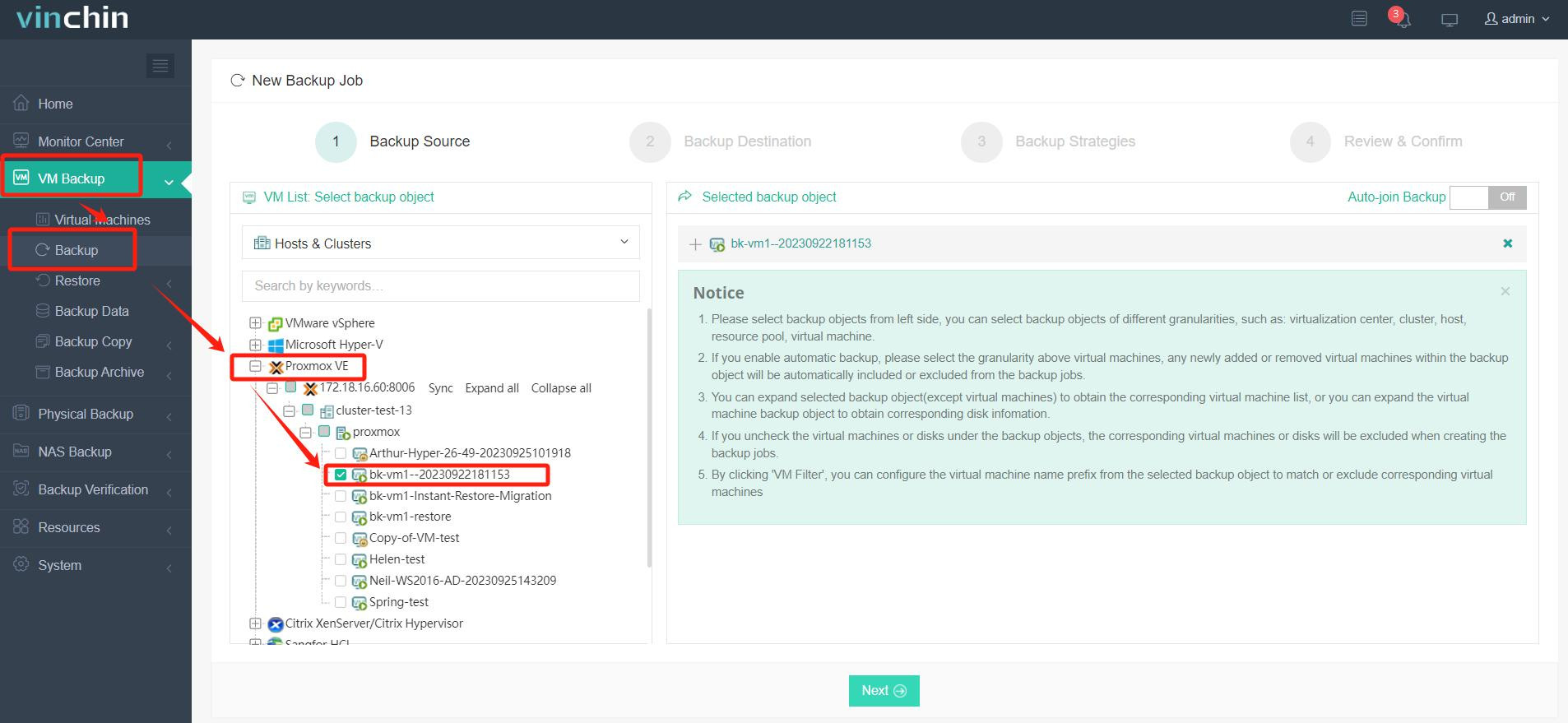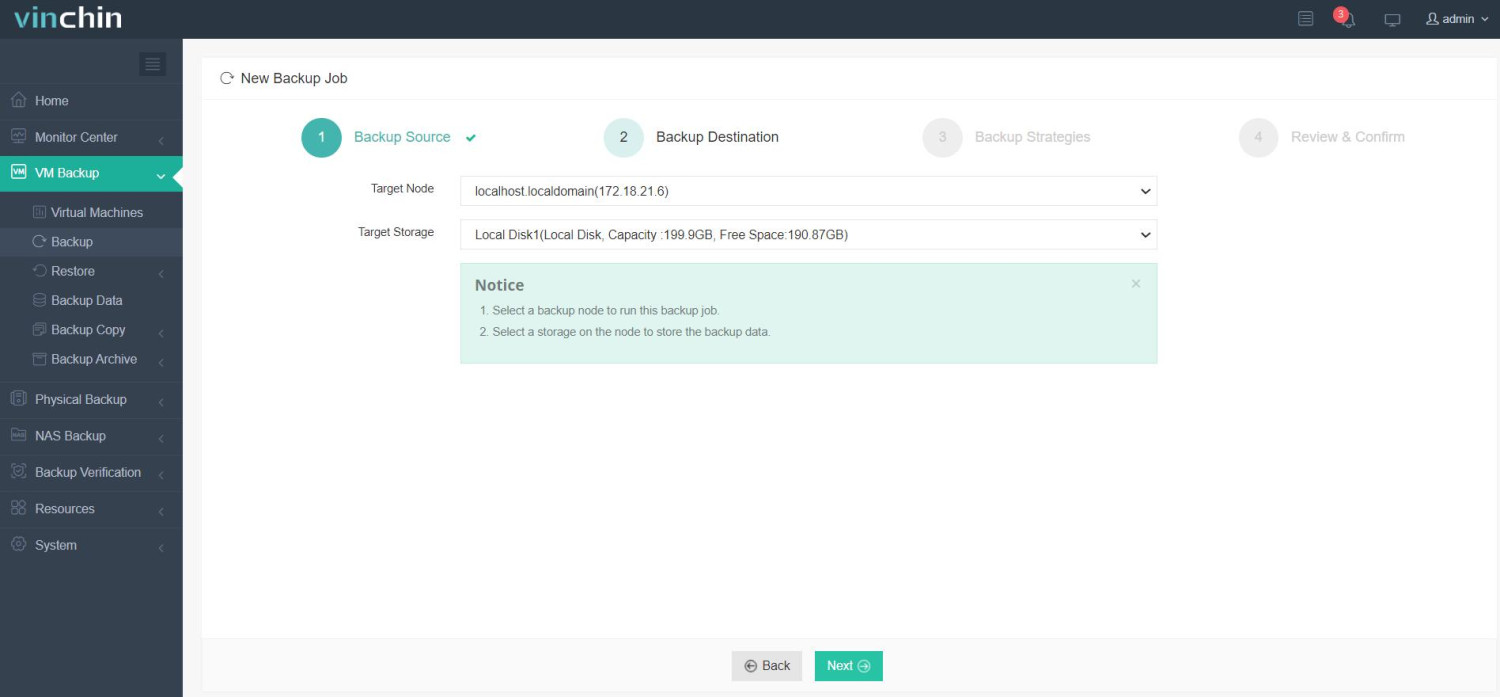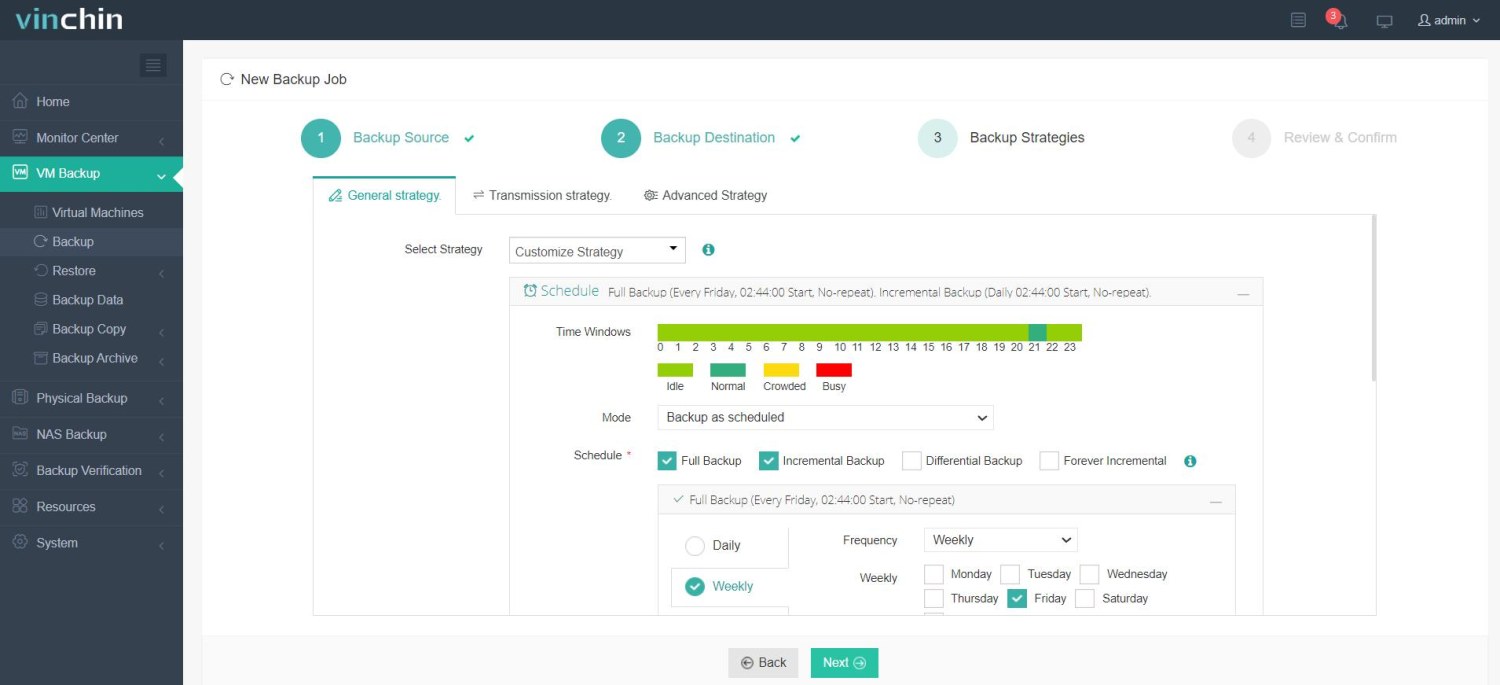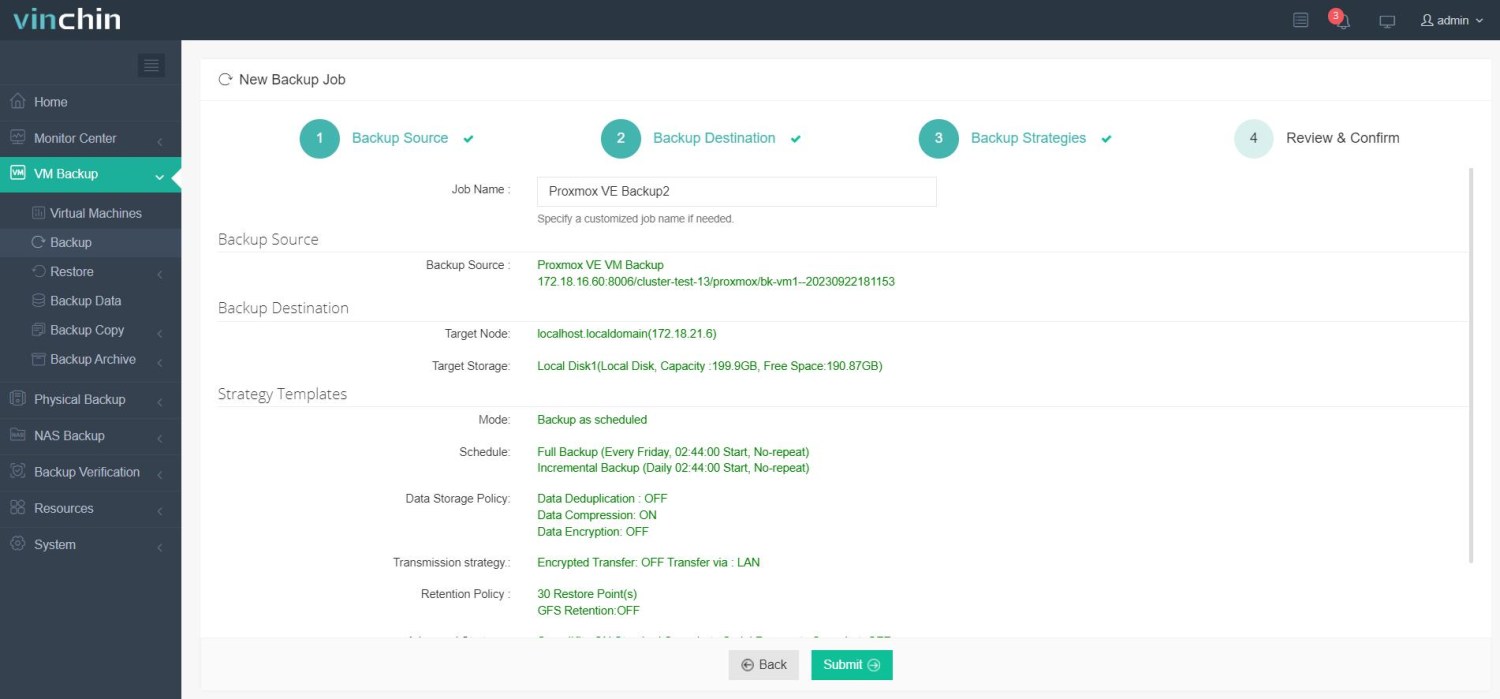-
What is Proxmox ZFS compression?
-
Benifits of Proxmox ZFS compression
-
How to enable ZFS compression in Proxmox VE?
-
Some considerations about Proxmox ZFS compression
-
Improve the performance of Proxmox ZFS compression
-
Comprehensive Data Protection for Proxmox VE
-
Proxmox ZFS compression FAQs
-
Conclusion
Proxmox VE is an open-source server management platform for your enterprise virtualization. It includes the ability to manage virtual machines, containers, storage, and networking. Proxmox can use different types of storage, including local storage like directories or ZFS, and network storage like NFS, iSCSI, or Fibre Channel.
What is Proxmox ZFS compression?
ZFS, which stands for Zettabyte File System, is an advanced file system and logical volume manager designed with high storage capacities and data integrity in mind. It is known for its robustness, scalability, and features like snapshots, cloning, and compression.
ZFS compression is a feature that allows for the automatic compression of data at the block level. When you enable compression on a ZFS dataset, any data written to that dataset will be compressed using the specified algorithm. ZFS supports several compression algorithms, like LZ4, GZIP (with different compression levels), and ZLE (zero-length encoding).
Benifits of Proxmox ZFS compression
As data grows exponentially, efficient storage management becomes paramount. Proxmox ZFS compression addresses this by reducing the physical storage space required for your data, leading to cost savings on storage hardware. Moreover, it minimizes the data footprint, which translates into less data to transfer over the network — enhancing network performance and reducing bandwidth costs.
One of the compelling features of ZFS is its native support for data compression. ZFS compression can significantly reduce the amount of physical storage required to store data. When enabled, compression happens transparently at the block level, which means it can be used for all file types.
Compression can save storage space and, in some cases, even improve performance. Since disk I/O is often a bottleneck, compressing data can mean less data is written to or read from the disk. If the CPU can compress and decompress data quickly enough, the reduced I/O can result in overall performance gains, especially with SSDs or other fast storage media.
How to enable ZFS compression in Proxmox VE?
In Proxmox VE, compression can be enabled when creating a new ZFS storage pool, or be enabled on an already existing dataset.
It can be enabled using the zfs set compression=on command, where compression can be set to a different compression algorithm such as lz4 or gzip
Some considerations about Proxmox ZFS compression
1. Compression Algorithms: ZFS supports several compression algorithms, including LZJB, GZIP, ZLE, LZ4, and ZSTD. LZ4 is a good default choice as it offers a balance between compression ratio and performance, being both fast and efficient. ZSTD is known for higher compression ratios at the expense of higher CPU usage.
2. Performance Impact: Compression can actually improve performance in scenarios where disk I/O is a bottleneck, as it reduces the amount of data written to disk. However, it does require some CPU overhead. The impact on performance depends on the workload, the chosen compression algorithm, and the hardware capabilities of the system.
3. Deduplication and Compression: ZFS also supports deduplication, which eliminates duplicate copies of repeating data. However, deduplication is very memory intensive and is generally not recommended for most use cases. When used in conjunction with compression, deduplication happens first, and then compression reduces the size of the remaining unique data.
Improve the performance of Proxmox ZFS compression
Improving the performance of ZFS compression on Proxmox involves balancing the CPU overhead of compression with the I/O benefits it can provide. Here are some strategies to enhance performance:
Use Faster CPUs: Since compression and decompression are CPU operations, using a faster CPU or a CPU with more cores can improve performance.
Monitor System Resources: Keep an eye on CPU load and disk I/O. If the CPU is idling while the disks are saturated, you might benefit from enabling a higher compression algorithm. Conversely, if the CPU is the bottleneck, you might want to switch to a faster compression algorithm or disable compression.
Use SSDs for ZIL/SLOG: If synchronous writes are a significant part of your workload, using a fast SSD as a separate ZFS Intent Log (ZIL) or Separate Log device (SLOG) can improve performance.
Balance Workload Across Disks: Ensure that your ZFS pool is balanced across multiple disks to maximize I/O throughput.
Comprehensive Data Protection for Proxmox VE
While ZFS provides robust data protection features such as snapshots and replication, an external backup solution is essential for comprehensive data protection. VM backup ensures that in the event of a disaster, data corruption, or accidental deletion, virtual environments can be restored to a known good state.
When it comes to Proxmox VM backup, Vinchin Backup & Recovery emerges as a superior solution. Designed with a deep understanding of virtual environments, Vinchin offers a range of features that make it the best choice, including automatic VM backup, agentless backup, LAN/LAN-Free backup, offsite copy, instant recovery, effective data reduction, cloud archive and etc., strictly following 3-2-1 golden backup architecture to comprehensively secure your data security and integrity in Proxmox VE beyond replication.
Besides, data encryption and anti-ransomware protection offer you dual insurance to protect your Proxmox VE VM backups. You can also simply migrate data from a Proxmox host to another virtual platform and vice versa.
It only takes 4 steps for you to backup Proxmox VE VMs:
1. Select the backup object.

2. Select backup destination.

3. Select backup strategies.

Here you can also choose to deduplicate or compress your data in specified block size to reduce backup size.
4. Review and submit the job.

Vinchin Backup & Recovery has been selected by thousands of companies and you can also start to use this powerful system with a 60-day full-featured trial! Also, contact us and leave your needs, and then you will receive a solution according to your IT environment.
Proxmox ZFS compression FAQs
1. Q: How to check if ZFS compression is valid?
A: You can use zfs get compression to view the compression settings and zfs get compressratio to view the compression ratio, which can help you understand whether the compression is effective and how much space it saves.
2. Is it possible to disable compression for a specific data set?
A: Yes, compression can be disabled for a specific dataset by setting the compression=off option. This allows different compression strategies to be applied to different data sets.
Conclusion
Proxmox ZFS compression is a powerful tool in the arsenal of virtualization administrators, offering both performance enhancements and cost savings. However, to fully safeguard your virtual environment, a robust backup solution like Vinchin Backup & Recovery is indispensable. It not only complements the innate strengths of Proxmox VE but also provides peace of mind with its comprehensive data protection capabilities.
Share on:








